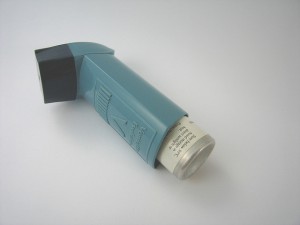Early organophosphate exposure linked to respiratory illness in children
Organophosphates are one of the most commonly used pesticides in the world. Although they are now restricted for residential use due to human toxicity, they are still widely used in agriculture. A recent study published in Environmental Health Perspectives has found a slight association between early exposure to organophosphate pesticides and respiratory symptoms consistent with possible childhood asthma in an agricultural community in California. Three hundred fifty nine children and mothers from Salinas Valley, California participated in the study. Dialkyl phosphate (DAP), a by-product created when the body breaks down organophosphate pesticides, was measured in the urine of pregnant mothers at the beginning of the second and third trimesters. DAP levels were also measured five times in the children between ages six months and five years. When the children reached five years and seven years of age, the mothers were additionally asked to fill out a questionnaire that included questions about their children’s respiratory health over the past year. The results found slight associations between higher DAP levels in pregnant women and signs of respiratory illness in five and seven year olds. Additionally, childhood exposure to organophosphate pesticides, determined from urine samples taken from children when they were between the ages of six months and five years, was also weakly associated with respiratory symptoms and coughing during exercise at ages five and seven.



